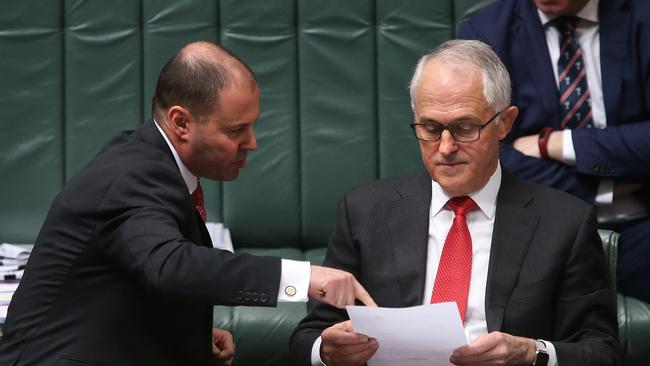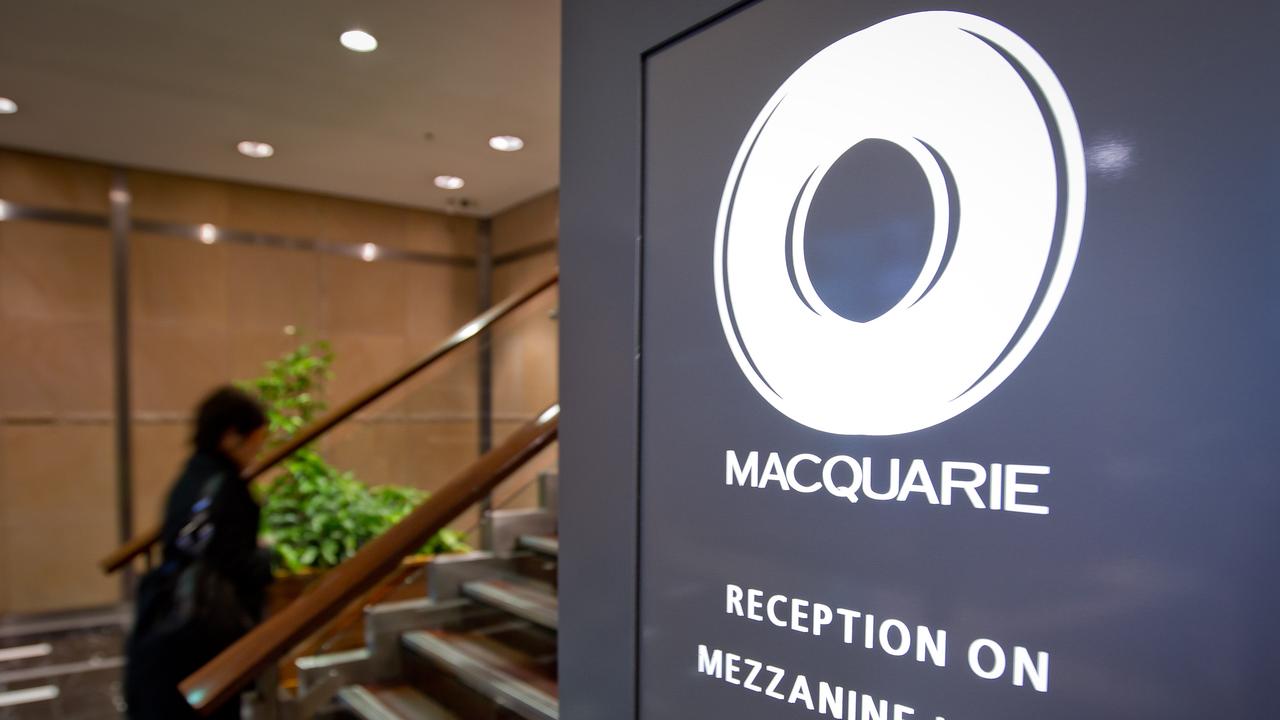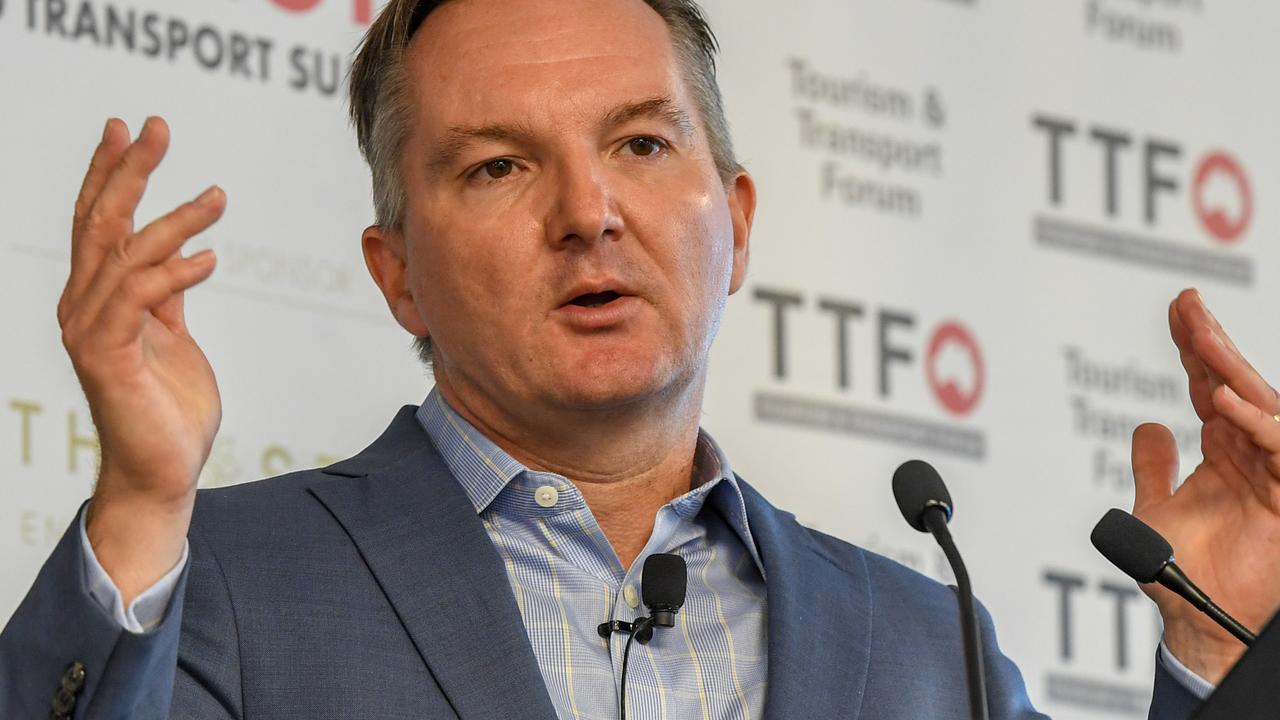
Be careful Malcolm Turnbull. Be careful Josh Frydenberg. When AGL comes back to you in 90 days with a proposal which it should have prepared before it started its “no coal” advertisements make sure it is not just another politically-motivated whitewash.
Such plans tend to come from companies that have agendas other than producing the best results for customers and shareholders.
So let’s set rules by which the AGL 90-day plan to close the Liddell plant in five years and offer iron-clad energy security and lower prices will be will be judged.
There are three criteria — energy security, price (including capital cost sums) and carbon advantage. Let us start with what will be required on an energy security basis because that’s what state governments headed by Mike Baird and Gladys Berejiklian in NSW, Daniel Andrews in Victoria and Jay Weatherill in South Australia did not do and therefore it requires federal intervention.
All three states jeopardised their energy security by installing vast amounts of wind and solar generators without sufficient storage or back-up capacity. The good news is that according to press reports, unlike the Victorian and NSW premiers, AGL understands the need for back up power generation so a key question will be how much they include it in their 90 day plan and how much will it cost.
But lets start by looking at what happened in NSW on February 10 2017.
According to the NSW chief scientist, on that date the state had 17,000MW of installed capacity. In theory it should have been easily sufficient to cover the 14,521MW peak demand, which came at 5pm on that very hot day. Instead it fell horribly short and NSW had to “import” 1745MW from other states, mainly Victoria, where temperatures were mild. Had Melbourne been hot at that time both states would have suffered extensive blackouts which may have extended for days.
The NSW system at February 10 had 2080MW in renewable capacity, excluding the Snowy, but only generated 707MW from that capacity at the peak demand time because the wind did not blow and at 5pm the sun had lost power. And because so much of the solar was decentralised on rooftops the grid was not able to marshal it.
As it happened, the failure to upgrade old NSW coal power plants caused the coal generation to fall 3000MW below capacity. Coal plants like Liddell require regular investment.
So the AGL 90 day plan must go forward and imagine February 2017 without the NSW Liddell power station and without Victoria’s Hazelwood.
In addition we must assume it’s a stinking hot day in Victoria and South Australia. That’s going to require a vast amount of back up power generation, which for most of any year lies idle. Alternatively you can install extensive battery capacity. You also need to have a grid that can efficiently use remote and/or decentralised power. Part of the plan involves using back up power installed by private operators like Telstra and Optus. NSW plans to do that.
On February 10 NSW was saved by Victoria’s Hazelwood power plant but we do no longer have Hazelwood power station and there has been a further increase in renewable investment without proper back up or investment in the grid. .
Unless AGL can show publicly how this can be done and start implementing the strategy AGL must not be allowed to close a community asset like the Liddell Power Station. If the AGL 90 day plan does not satisfy the criteria, the case for nationalisation with minimum compensation and a large rehabilitation bill is strong.
But the solution will require very strong government. The simple problem in New South Wales, Queensland, Victoria and South Australia is that voters elected very foolish politicians (Coalition in NSW) that thought they could gain votes by substantial investment in renewables usually wind or solar. It worked on the electoral stage but it is incredibly dangerous in February 10 situations that than can extend blackouts for a week.
AGL’s plan can include hydro, pumped hydro, gas or even nuclear (unlikely). Batteries and use of private power can also do the job. There must be costed investment in the grid. All these investments are not highly profitable because in the case of generators/ batteries the facility is only needed for relatedly short periods when the wind doesn’t blow or the sun doesn’t shine during periods of strong demand.
But if you invest in renewables you must link it to back up facilities or you run the risk of black outs. Victoria, New South Wales, Queensland premiers have not understood this and indeed the Victorian premier is proudly announcing a whole series of new renewables without any backup. South Australia learned the hard way.
The problem with the coal stations is that as the renewables can produce power at very low operational cost when the sun shines or when the wind is blowing In a marketplace they therefore take market share from coal and make it uneconomic. And the same applies to gas so the AGL plan has to not only encompass backup proposals and but an assured market share for these proposals to make them economic.
And at the same time vast amounts of money needs to be spent on the grid because a large number of the renewables are in the wrong place for where the grid was designed. What Australians are yet to understand is that no matter which way this investment is configured (and that includes extra investment in coal modernisation) it is costly because it is not actually needed all the time.
So that means that there are going to be more increases in power costs and the consumers/voters will be extremely angry at those that caused the problem mostly the state politicians. But to their credit Turnbull and Frydenberg are trying to sort it out and it is not easy because you have to trade off reliability against cost. And if they are not careful they will see power prices rise further and be blamed for the state government mistakes.
Australians can make renewables relatively low cost tools of power if they are prepared to have blackouts.
But few state politicians, are interested in the truth so we have to hope that the AGL plan is not just another smoke screen to increase more renewable capacity without backup, but rather a properly costed set of strategies that provide both power security at a reasonable cost. That is a very difficult task but we can be grateful that AGL is going to attempt it albeit that it should have been undertaken before the utility declared it was abandoning coal.



